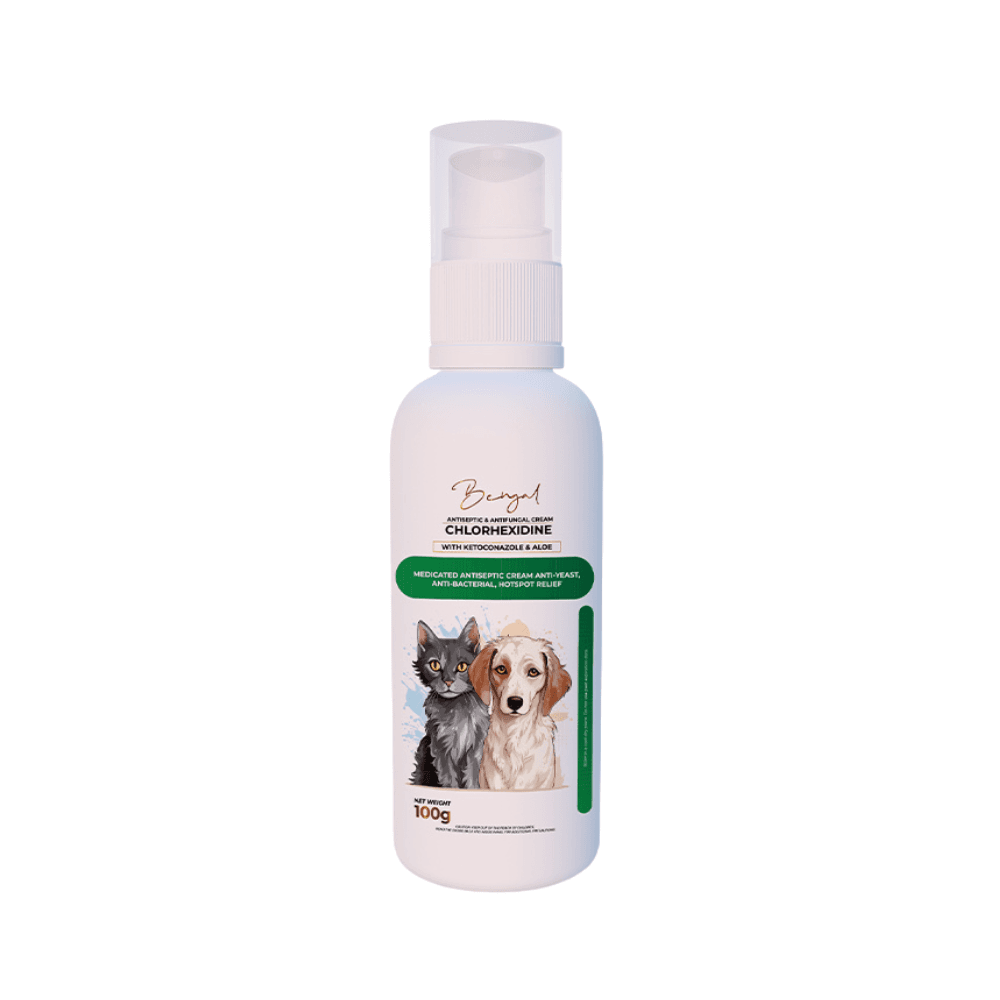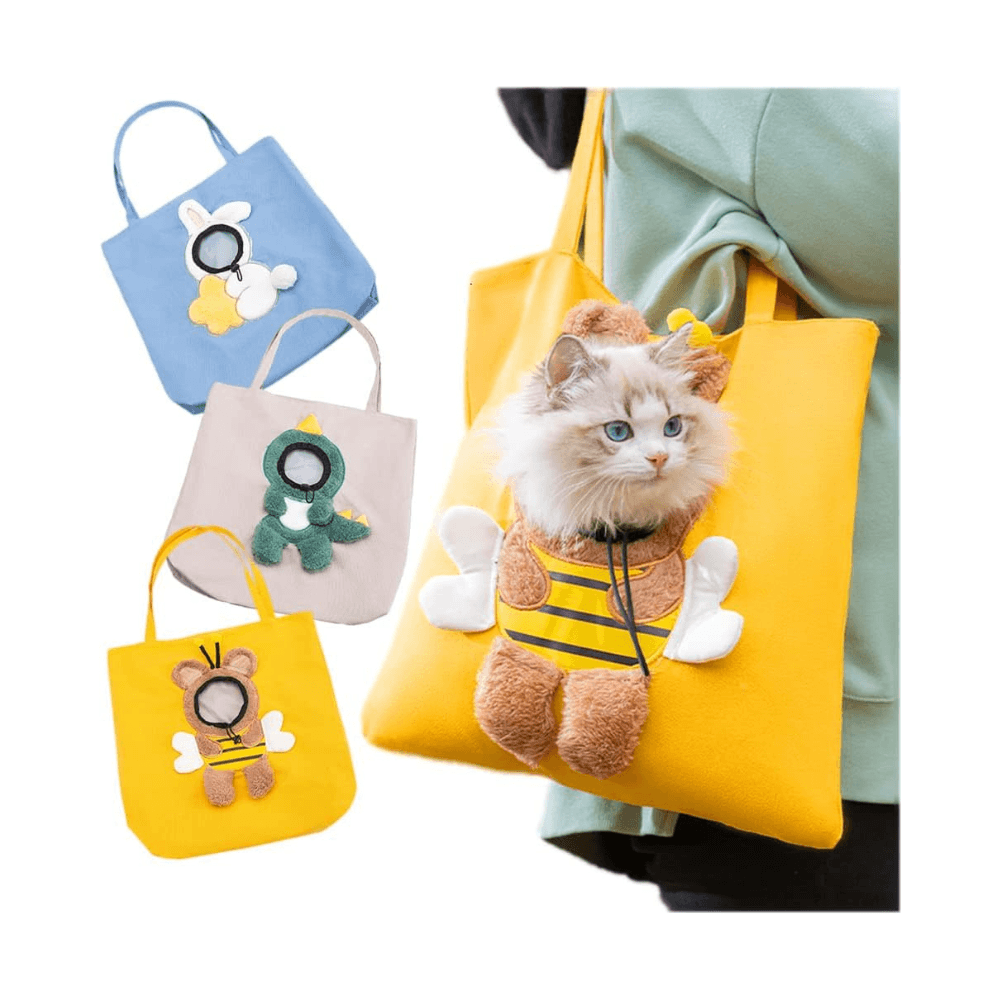Cat Food Price in Bangladesh Finding Affordable Options
Cats are just like needy human babies, who need their own food. Just like babies cannot consume food meant for adults, cats cannot consume food meant for humans. I mean they can to an extent, but not entirely.
Tanvir Chowdhury
Feb 22, 2024
Cats are just like needy human babies, who need their own food. Just like babies cannot consume food meant for adults, cats cannot consume food meant for humans. I mean they can to an extent, but not entirely. Cats have separate nutritional demands that must be satisfied to support their growth, energy levels, and overall well-being. They need a balanced diet for optimal growth.
To address these needs, cat food is essential since it provides a variety of options that are suited to various tastes, dietary needs, and lifestyles. Knowing the differences between cat food and its forms, raw diets, and specialized veterinarian formulas, is essential to ensuring your pets live healthy lives.
We'll dive into the specifics of cat food in this article, covering topics such as the different kinds of cat food available, the nutritional needs of cats, ingredients to look for and avoid, and useful feeding tips to help you make the best selections for your cherished companion.

Importance of Proper Nutrition in Cats
Nutrition is important for cats, both for the quality of life and overall well-being.
- Essential Nutrients: For the maintenance of body functions, growth support, tissue repair, and metabolism regulation, cats need certain nutrients, including proteins, lipids, vitamins, and minerals. Cats who don't get enough nourishment may develop deficiencies that can result in several health problems.
- Energy Requirements: As carnivores by nature, cats get a large portion of their energy from animal proteins. They will get the lipids and amino acids needed for maximum energy and muscle growth if they eat a balanced diet.
- Immune System Support: Cats' immune systems are strengthened by a well-balanced diet high in vital nutrients, which makes it easier for them to fend off infections and illnesses. Zinc, lead, and vitamins A, C, and E are among the nutrients that are essential for immune system function.
- Disease Prevention: Certain nutrients, like antioxidants and omega-3 fatty acids, have been associated with a lower chance of developing chronic illnesses in cats, including kidney disease, urinary tract problems, and inflammatory ailments. A balanced diet that provides these nutrients can help prevent and control disease.
- Skin and fur quality: Cats with healthy coats and skin barriers are attributed to certain nutrients, such as omega-3 and omega-6 fatty acids. To promote a glossy, lustrous coat, proper nutrition can help reduce dryness, itching, and excessive shedding.
Types of Cat Food Available
There are different types of cat food available with each having its distinct features and benefit
- Dry cat food: Comes in the shape of cereals. It has a longer shelf life and is convenient for storage. Dry cat food contains approximately 10% of water, and the other 90% consists of dry matter such as carbohydrates, fats, and vitamins.
- Wet Cat food: Comes in cans or pouches and has a higher moisture content than dry food. It provides hydration, especially beneficial for cats who do not intake much fluids. Wet food contains more protein content than carbohydrates. However, it is more costly and needs to be refrigerated and consumed as early as possible after opening.
- Semi Moist Cat Food: Has a soft, chewy texture and is packaged in individual packs or pouches. It contains a moderate level of moisture content and is easy to control portion size.
- Raw and homemade Cat Food: Contains food made out of raw meat, bones and organs cooked at home. It is beneficial as it is rich in nutrients and enzymes.
Nutritional Needs of Cats
Cats have their own nutritional needs for their physiology and overall growth.
- Protein: As carnivores, cats need animal-derived protein to thrive. From worms to birds, cats like to hunt and devour them all. Proteins are targeted at building and repairing body tissues and growth of muscle development. High-quality proteins include meat, poultry, fish, and eggs.
- Fats: Fats provide energy and provide essential fatty acids such as omega 3 and omega 6, which help in supporting healthy skin and coat and against inflammation.
- Carbohydrates: While cats do not need carbohydrates, they can still utilize them for energy. Moreover, cats have difficulty digesting plant-based carbohydrates.
- Vitamins and Minerals: Cats require multiple vitamins and minerals for various physiological needs. Essential minerals include calcium, phosphorus, potassium, magnesium, and trace minerals like zinc and selenium. Key vitamins include vitamin A, vitamin D, vitamin E, and B vitamins. These nutrients are essential for immune system function, bone and tooth health, eyesight, and general metabolic activities.
- Water: For cats to support their bodies' ability to digest food, absorb nutrients, regulate body temperature, and eliminate waste, they must drink enough water. Compared to other animals, cats have a low thirst drive, thus they usually get most of their water from food, especially wet cat food. It is crucial to always have access to clean, fresh water to avoid dehydration and to support general health.
- Taurine: Cats require taurine, an amino acid, in their diet and it must be supplied through food. Taurine is essential for heart health, reproductive health, vision, and nervous system growth and maintenance. A cat's diet deficient in taurine may cause major health problems such as heart disease, blindness, and reproductive disorders.

Ingredients to look for in Cat Food
When selecting a cat food, you must look out for nutritious values in it.
- Healthy Fats: To promote the health of your pet's skin and coat as well as their general well-being, choose sources of omega-3 and omega-6 fatty acids, such as fish oil, chicken fat, or flaxseed oil.
- Essential Nutrients: Make sure the diet has the key minerals and vitamins (such as calcium, phosphorus, potassium, and magnesium) needed for general health and vigour. Examples of these include vitamin A, vitamin D, vitamin E, and B vitamins.
- Organic Preservatives: Seek for naturally occurring preservatives that preserve freshness without adding artificial ingredients, such as ascorbic acid (vitamin C) or tocopherols (vitamin E).
- Fibre and Whole Grains: Carbohydrates and fiber for energy and digestion can be found in whole grains like brown rice and oats. Chicory root and beetroot pulp are examples of high-fiber foods that can help maintain digestive health.
- Probiotics and prebiotics: Foods rich in prebiotics—fiber sources that encourage the growth of good gut bacteria—and probiotics—beneficial bacteria—can improve the immune system and digestive health.
- Natural Flavors and Additives: To improve taste, look for natural flavors made from actual meat or fish rather than ones that contain artificial flavors, colors, or additives.
- Protein Source: Seek out products that identify animal protein sources as the primary ingredient, such as lamb, cattle, fish, poultry, or tuna. To satisfy their carnivorous nutritional needs, your cat's diet should be primarily composed of protein.
Ingredients to Avoid in Cat Food
- Artificial Additives: Avoid foods with fillers like maize, wheat, or soy; they are low in nutrients and can aggravate allergies or digestive problems. Steer clear of artificial colours, flavours, and preservatives like ethoxyquin, BHA, or the use of BHT as these may pose health hazards.
- Added Sugars: Steer clear of foods with added sugars or sweeteners as they have little nutritional value and may cause tooth issues and obesity.
- Excessive Carbohydrates: Cats can't digest plant-based foods as well, so cut back on the amount of carbohydrates in their diet. Diets heavy in carbohydrates can cause obesity and other health problems.
Now that you know the A-to-Z of Cat Food, it is time for us to reveal to you where you can find different types of cat food at the most feasible prices. Did you know that amarpet has the largest collection of cat food available in Bangladesh. With prices as low as BDT 225, it has several different sizes and flavors of cat food, exclusively tailored for adult cats and semi-adult cats, with the maximum price being BDT 3,600 for 7kg of cat food. But before you jump into purchasing look for the label.
The ingredients list is usually on the side or back of the packaging, so start there. The main component is mentioned first and the other ingredients are written in descending order of weight. To find a high-quality protein content, look for listed animal protein sources (such as chicken, turkey, or salmon) among the first few ingredients.
- Life Stage Recommendations: Certain cat meals have specific life stages listed on the label, such as kitten, adult, or senior. To make sure that your cat's nutritional demands are satisfied, choose a diet that is suitable for their age and stage of life.
- Feeding Guidelines: Take note of the feeding recommendations on the package, which list serving sizes that are appropriate for your cat's weight and activity level.
As necessary, reduce the food quantity to keep your cat's body in optimal shape.
Final Tips to maintain a healthy diet for your cat:
- Portion Size Control: Control your portion sizes to avoid giving someone too much or too little food. To keep your cat in optimal physical condition, adhere to the feeding recommendations on the cat food container and modify portion amounts as necessary.
- Avoid Free Feeding: Don't give your cat free food, where food is always available. Rather, implement a consistent feeding plan with designated meal times to assist in controlling their hunger and averting obesity.
- Hydration: To avoid dehydration, make sure your cat always has access to clean, fresh water. If your cat is a wet food lover, add more moist foods to their diet to encourage them to drink more water.
- Variety: To satisfy your cat's palate and maintain mealtime interest, provide a range of cat food textures, flavors, and formulations. To offer a varied nutritious profile, switch up the brands and sources of your protein.
- Treats in Moderation: Restrict the amount of treats and snacks you give your pet because overfeeding can lead to nutritional imbalances and weight gain. Select healthy, high-quality snacks and use them sparingly as training aids or rewards.
- Treats in Moderation: To avoid boredom and lessen stress-associated behaviors like overeating or aggressive behavior related to food, provide mental and environmental stimulation. To keep your cat engaged both mentally and physically, provide interactive toys, puzzle feeders, and playing.
- Avoid Sudden Changes: Steer clear of abrupt dietary changes for your cat as these may result in upset stomachs and food allergies. Over seven to ten days, gradually switch up the meals your cat eats to give their digestive systems time to acclimatize.
You can help your cat maintain optimal health, vigor, and well-being throughout their life by following these guidelines and feeding your cats nutritious, well-balanced food catered to their specific needs.

More Blog Articles
Oct 09, 2023
Choosing the Best Adult Dog Food
Discover the top choices for the best adult dog food to support your furry friend's health and vitality.
READ MORE
Oct 11, 2023
Whiskas Cat Food Review
Whiskas Cat Food has become a popular choice among cat owners in Bangladesh, so we decided to give it a try and write a Whiskas Cat Food Review.
READ MORE
Nov 16, 2023
Smart heart Cat Food Review In Bangladesh
The Smart Heart Cat Food is made with high-quality ingredients that are rich in protein and essential nutrients, such as taurine, vitamins, and minerals, to support the overall health and well-being of your cat. It is also enriched with Omega 3 and 6 fatty acids to promote healthy skin and a shiny coat.
READ MORE
Thank you for your subscription!
You will receive news for new product, exclusive offers, and
limited time promotions
Customer Service
















